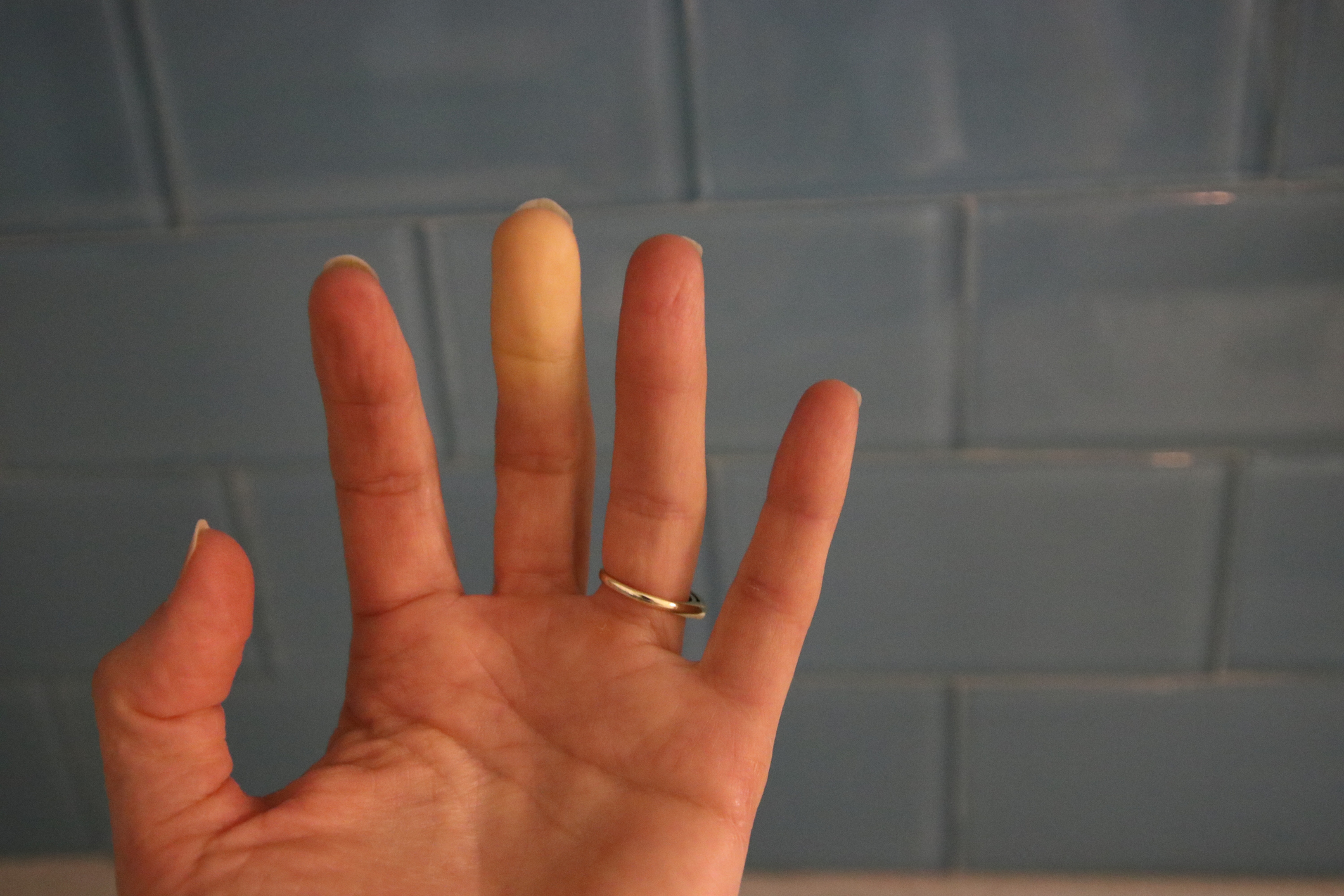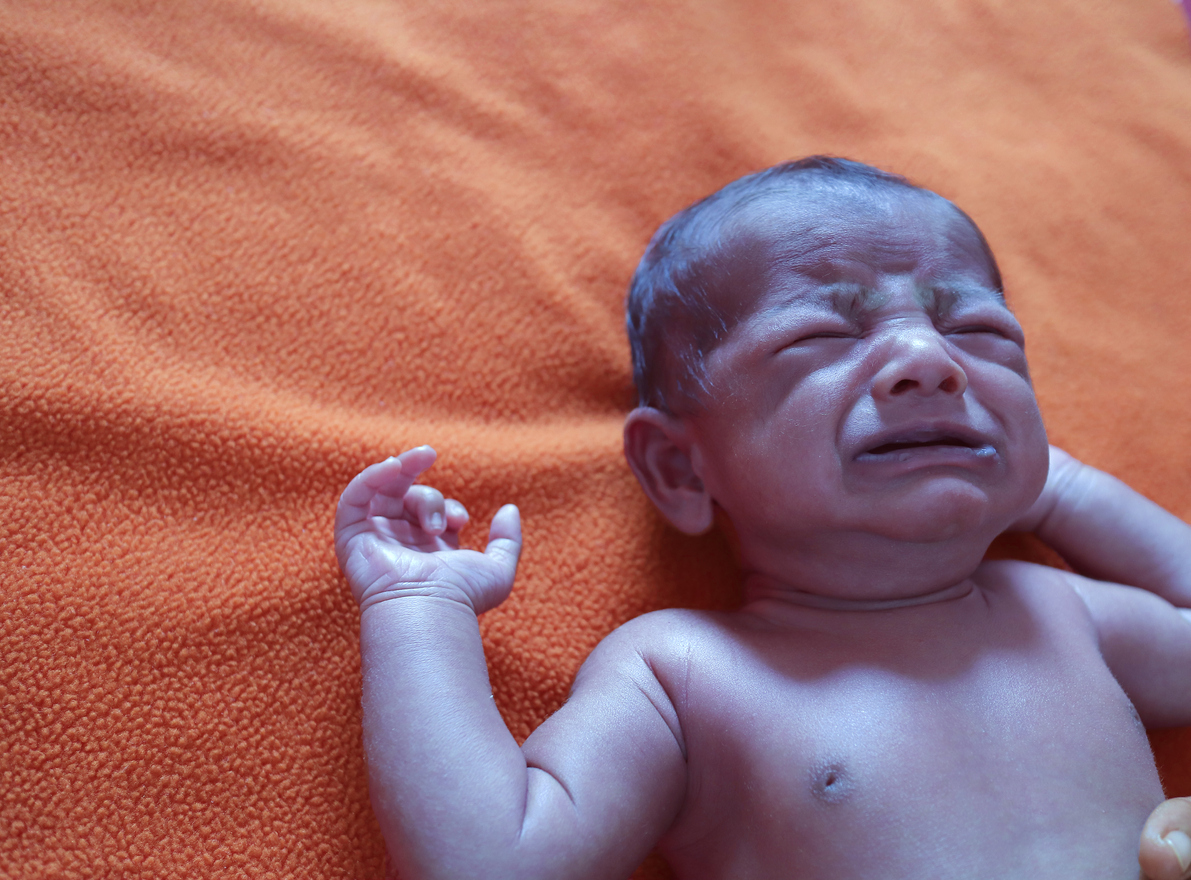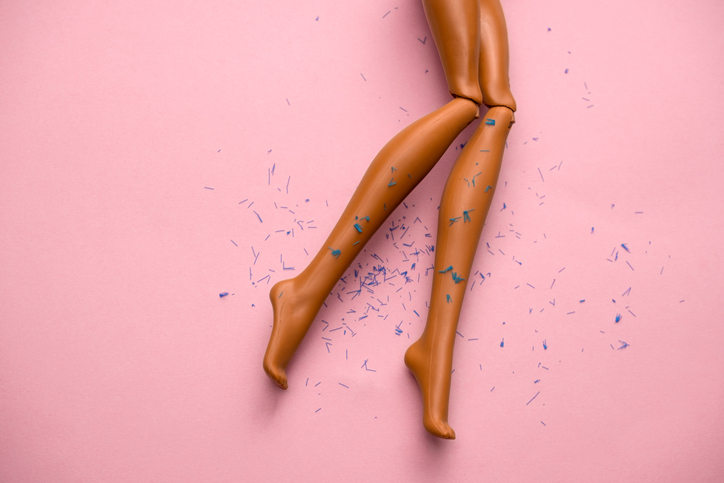If there’s not enough oxygen in your blood, it turns from being bright red in colour to a darker, bluer colour. This is known as cyanosis and makes your skin and lips appear bluer than usual.
In people with darker skin, these symptoms may be more noticeable in the lips, nails and gums.
The less oxygen you have in your blood, the bluer or darker your skin may become.
Cyanosis has many causes and some of them can be serious. Here’s what you need to know.
When to worry
If you notice your skin suddenly turning blue — or the skin of a child or another adult — you should get medical help immediately.
You should also get immediate medical help if your — or someone else’s — skin appears blue and you’re finding it hard to breathe and/or have chest pain.
If you notice any parts of your body, like your fingers or toes, turning blue more gradually, see a doctor. This may be a sign that you have poor blood circulation.
What causes cyanosis?
Cyanosis can come on slowly or suddenly, depending on the cause.
There are 2 main types:
- central cyanosis
- peripheral cyanosis
Central cyanosis causes
Central cyanosis is usually caused by low oxygen levels in the blood. If you have central cyanosis, it may turn most of your skin and lips a blueish colour.
It can be caused by multiple things, including:
- a lung condition, like asthma
- an infection of the lungs, like pneumonia
- a blood clot in the lung’s arteries (pulmonary embolism)
- a sudden reaction to an allergen that can narrow the airways and reduce the amount of oxygen in the body (anaphylaxis)
- a heart condition like congenital heart disease which can cause deoxygenated blood to flow to the rest of the body from the heart
- having a fit (seizure)
Peripheral cyanosis causes
Peripheral cyanosis results from poor circulation and typically affects the fingers, toes and other limbs.
If you have peripheral cyanosis, these parts of your body may appear blue and feel cold.
It can be caused by being in a very cold environment or cold water as well as one of the following conditions.

Raynaud's phenomenon
This is a condition where the blood vessels in your extremities (fingers, toes, etc) become narrower when exposed to cold temperatures or stress. This causes the skin in the fingers and toes to change colour, sometimes to blue or white, as a result of reduced blood flow.
You should keep warm to help relieve symptoms of Raynaud's.
Peripheral arterial disease
This is a condition that makes it harder for blood to flow to the legs. It occurs when fat or cholesterol deposits form in the leg arteries.
You’re at higher risk of getting peripheral arterial disease if you smoke, have high blood pressure or high cholesterol.
A blood clot
If a blood clot forms in your body, this can make it harder for blood to flow to certain places, like your fingers and toes.
Taking beta blockers
Beta blockers are a type of medication used to treat a range of heart problems, but they can cause parts of your body to appear blue.
This is because beta blockers can make your heart beat less quickly and also cause blood vessels to become narrow, leading to reduced blood flow to your extremities.
Cyanosis in babies

Healthy newborn babies can develop a condition immediately after birth that causes their hands and feet to turn bluish in colour.
It’s caused by having lower amounts of oxygen in the blood vessels that sit close to the skin’s surface in the hands and feet. This, in turn, is caused by a narrowing of the blood vessels.
In babies, primary acrocyanosis is fairly common, and the symptoms may last for between 24 and 48 hours in the days after birth.
It’s not clear why these symptoms occur in babies, but it may be due to blood that's rich in oxygen being directed to the brain and other organs following birth, and away from the extremities.
Key points
- cyanosis is a symptom caused by not having enough oxygen in your blood or having poor blood circulation
- cyanosis can cause parts of your skin, or most of your skin, and lips to turn a bluish colour
- there are many causes of cyanosis, some of which are serious
- there are 2 main types of cyanosis: central cyanosis and peripheral cyanosis
- peripheral cyanosis can also affect healthy newborn babies. It tends to turn their hands and feet bluish in colour






